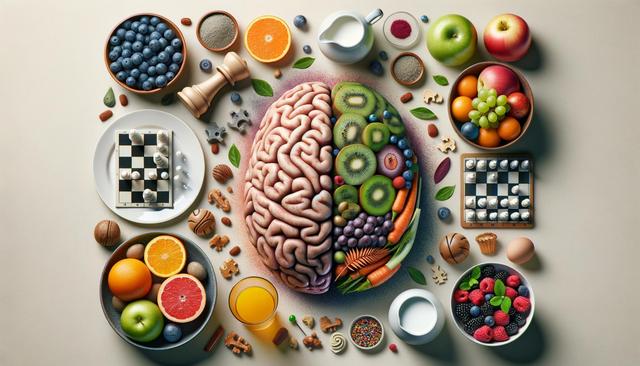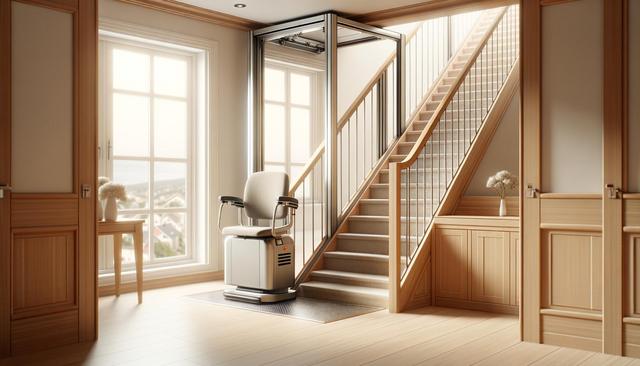The Unique Personality of Great Dane Puppies
Great Dane puppies are often described as affectionate, friendly, and surprisingly gentle given their potential size. Known as ‘gentle giants’ of the canine world, they typically have a calm demeanor and a strong desire to be close to their human companions. While they may seem intimidating as adults, their puppy stage is full of playful energy, curiosity, and a need for consistent guidance. Early socialization is key to helping them grow into well-mannered adults. This includes introducing them to a variety of people, other pets, and environments to build confidence and reduce fearfulness.
Despite their size, Great Danes are often very sensitive dogs. They respond well to positive reinforcement training methods such as treats, praise, and play. Harsh training techniques are not recommended, as these can lead to fear-based behaviors or anxiety. Instead, focus on building trust and clear communication from an early age.
Nutritional Needs for Healthy Growth
Feeding Great Dane puppies correctly is crucial due to their rapid growth and large-breed status. Improper nutrition can lead to developmental issues, especially in their bones and joints. A high-quality large breed puppy food is typically recommended, as it is formulated to support slower, steady growth — reducing the risk of bone disorders such as hip dysplasia or osteochondritis dissecans (OCD).
Here are a few tips for feeding Great Dane puppies responsibly:
- Choose a diet specifically designed for large breed puppies.
- Avoid adding calcium supplements unless advised by a vet.
- Feed multiple smaller meals per day (typically 3–4) to prevent bloating and support digestion.
- Monitor their weight and adjust portions as needed to avoid overfeeding.
Always consult with a veterinarian to ensure the feeding plan is appropriate for your puppy’s specific needs. Rapid weight gain should be avoided, as it can put unnecessary stress on growing joints and bones.
Exercise and Activity Guidelines
Exercise is important for all puppies, but with Great Danes, it must be balanced carefully. Over-exercising during the early months can lead to joint damage, while under-exercising may result in behavioral issues due to pent-up energy. The key is to provide moderate, low-impact activities that allow them to burn off energy without straining their developing bodies.
Recommended activities for Great Dane puppies include:
- Short, frequent walks on soft surfaces.
- Gentle play sessions with toys.
- Basic obedience training sessions to stimulate their minds.
Avoid activities like running on hard surfaces, jumping from heights, or extended stair climbing until they are fully developed. Mental stimulation is also important, so puzzle toys and interactive games can be great tools to keep them engaged.
Health Considerations and Vet Visits
Great Danes are a giant breed with specific health concerns that require attention from an early age. Regular veterinary checkups are essential to monitor growth, administer vaccinations, and address any health issues before they become serious. Some common health concerns for this breed include:
- Hip dysplasia
- Bloat (gastric dilatation-volvulus)
- Heart disease (particularly dilated cardiomyopathy)
- Thyroid disorders
Establishing a preventive care routine with your vet can help detect early signs of these conditions. Additionally, many veterinarians recommend gastropexy surgery during spaying or neutering to reduce the risk of bloat, a life-threatening condition more common in large, deep-chested breeds like the Great Dane.
Pet insurance is worth considering, as veterinary costs for large breeds can be significant. Health screenings, diagnostics, and emergency procedures can add up quickly, so having a financial safety net may provide peace of mind as your puppy grows.
Creating a Suitable Living Environment
Though Great Dane puppies are relatively calm, they do require ample space to move comfortably and safely. Their living environment should be puppy-proofed to accommodate their size and curiosity. This includes securing loose items, removing hazardous objects from reach, and using gates to limit access to unsafe areas.
Some essentials for a Great Dane-friendly home include:
- A large, supportive dog bed to cushion growing joints
- Sturdy food and water bowls placed at a comfortable height
- Durable toys designed for large breeds
- Access to a secure, fenced outdoor area for supervised play
While they can adapt to apartment living if sufficiently exercised, Great Danes thrive in homes where they can stretch out and enjoy a calm environment. They are not typically hyperactive indoors, but they do need room to stand, lie down, and move without bumping into furniture or fixtures. Regular grooming, including brushing and nail trimming, will also be part of their routine care.




Leave a Reply